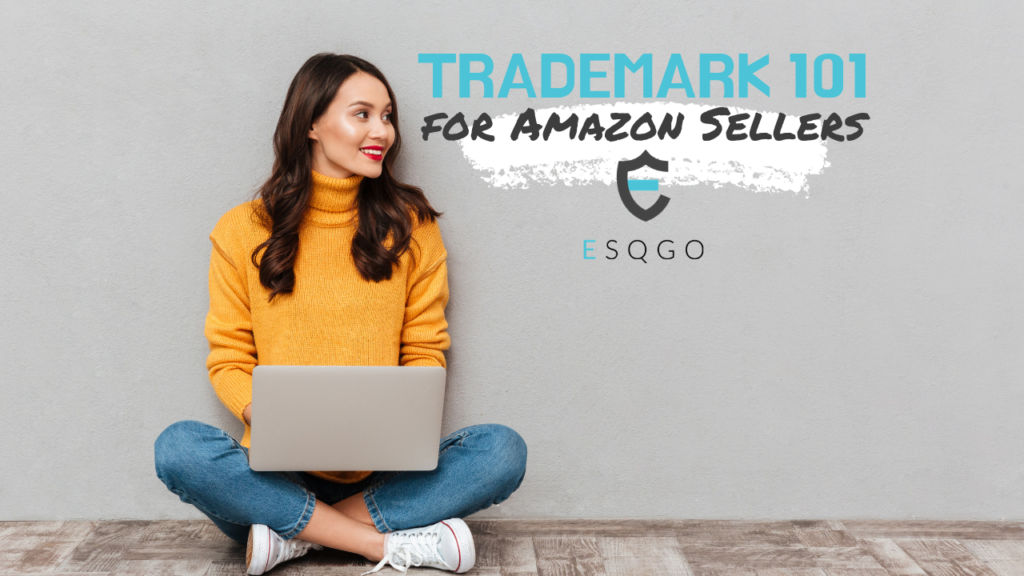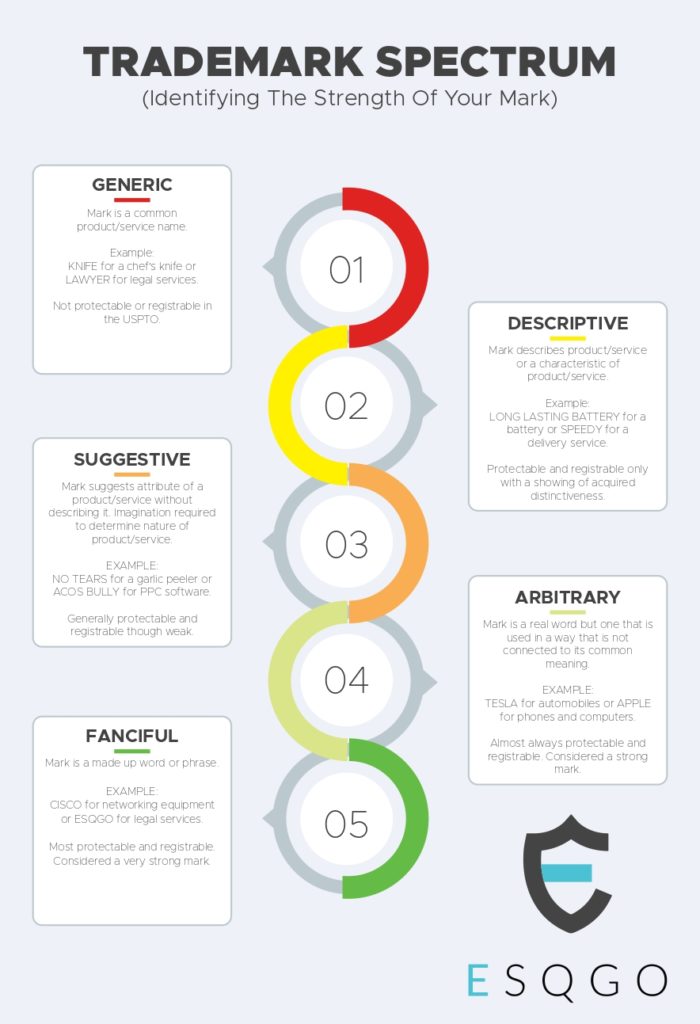Amazon Seller’s Guide to Trademarks

Like any business, selling on Amazon comes with risks and potential legal issues if you enter it without the proper legal protections set in place. As the realm of third-party selling on Amazon grows, so do problems regarding counterfeits, infringement, and listing hijackers. In response, Amazon now requires sellers to have a federal trademark registration in order to qualify for Amazon Brand Registry.
In this article, we go through everything that Amazon Sellers need to know about trademarks and Amazon Brand Registry. Having a registered trademark for your brand and being on the Brand Registry is increasingly becoming a critical component to running a legitimate and profitable business on Amazon.
Why should trademark protection matter to Amazon Sellers?
The concept of getting a trademark may be a new one to Amazon Sellers, but it is an age-old concept in the world of business and commerce. The trademark system was established to encourage fair competition by distinguishing products and their sources for the benefit and protection of both the seller and their customers.
But some competitors simply won’t play fair, and you’ll hear quite a number of horror stories about Amazon Sellers who lose their business overnight because of unfair business practices from competitors. The saddest part about this is knowing that these issues could have been easily prevented had there been legal protections set in place from the start.
One of the most basic protections you should get for your Amazon business is getting yourself on the Brand Registry. Being on the Brand Registry allows you to “unlock” special features such as:
- protecting your brand against hijackers and unauthorized sellers;
- stopping the sale of counterfeit products;
- preventing competitors from maliciously changing your products listing title, bullet points, and images;
- providing you exclusive tools to better promote your brand and products; and
- disclosing valuable data, such as relevant keyword data, that helps you increase sales velocity.
To enroll in the Brand Registry, Amazon requires a trademark registration because, among other reasons, a trademark registration means that the law presumes that the owner of the registration is the owner of the trademark itself and that the trademark is valid.
A registration helps Amazon to weed out people who otherwise may not have a protectable trademark and allows Amazon to focus on the sellers who are more serious about their brands.
But other than getting on the brand registry, which is more than enough reason to seriously consider getting your trademark registered, there are other benefits to owning the trademark rights to your brand.
Registered trademarks are intangible assets that can be assigned or sold even if you don’t have any inventory of physical products. If for whatever reason, your Amazon business doesn’t work out, you can get a good amount of money from selling your trademark when you exit.
Moreover, acquiring a registered trademark is probably the easiest way to increase the value of your brand and business. An investor will pay more for your business over a similar business which doesn’t have a trademark.
When should I file my trademark application?
The best strategy is to think about your trademark registration right from the beginning — ideally, before you commit to a brand name and spend money marketing your brand. By filing your trademark application before you start selling, you avoid putting yourself at significant risk of having to change your branding down the road in the event that you’re using a name or mark that is confusingly similar to an existing trademark. This is done by filing a Section 1(b) or “intent to use” application.
The main advantage of filing under an intent-to-use basis is that it essentially reserves the name or mark for you and prevents another business from registering a similar trademark while you are busy getting yours off the ground.
But if you’re already selling your products on Amazon and thinking about trademarks for the first time now, it’s not too late. You can still do a trademark search and apply for the expanded protections of federal trademark registration by filing a Section 1(a) or “actual use” application with the USPTO.
How do I register a trademark?
The trademark registration process is deceptively simple. On the surface, it can be as simple as filling up a form on the USPTO website and paying the government filing fee. However, the reality is that the trademark registration process is a legal proceeding that involves dozens of legal decisions at every step, which begins even before the application is ever filed.
There are three important steps to consider before filing your trademark registration application with the USPTO.
Step 1: Create a strong brand name
It is critical to consider the distinctiveness of your brand name to ensure it is a trademark that can be registered and protected. Keep in mind that not all applications are granted registration, and all filing fees are non-refundable.

Step 2: Conduct a valid trademark clearance search
This step involves doing a comprehensive search on various databases to make sure nobody has registered an identical or similar mark for the same categories of goods or services you offer. The USPTO will reject your application if another company holds the rights to the same or a similar trademark for a related type of product or service.
Step 3: Identify the right trademark class (International Class)
When you apply for trademark registration, the USPTO requires you to identify the category of goods or services that your trademark covers. It is important to choose the right class because if you get it wrong, your application may be rejected. If you do manage to register for the wrong class, you can’t change to a different one later, or switch from a good to a service.
These pre-filing steps can make the difference between getting your trademark registered or getting it rejected by the USPTO – so don’t skip it! And while you can do all these without the assistance of a trademark lawyer, we still strongly recommend that you seek professional advice as there is more to it than meets the eye.
How to register a brand on Amazon
Once you have been through the whole process and got your trademark, it’s time to apply to the Amazon Brand Registry. To make sure this bit is done right, we personally assist our trademark clients with enrolling in Amazon Brand Registry as part of our Trademark Protection Package. Here’s a quick look at the steps:
- Start the application on Amazon’s Brand Registry website.
- Identify your trademark type.
- Upload product images.
- Enter your UPC/barcode information.
- Submit the application and wait.
In conclusion…
An Amazon seller who’s selling without a registered trademark holds a ticking time bomb. It’s only a matter of time before someone hijacks your Amazon listing or registers your trademark before you potentially forcing you to rebrand. We’ve seen both scenarios too many times, and it’s devastating to watch hard-working entrepreneurs lose their business overnight.
Both of these scenarios could have been easily prevented by getting a trademark for your brand name with the United States Patent and Trademark Office (USPTO). This is an investment that every Amazon seller needs to consider sooner rather than later if you want to continue raking in sales from Amazon.
If you need help registering your trademark, get in touch today. Our team can help ensure your trademark application runs smoothly!

